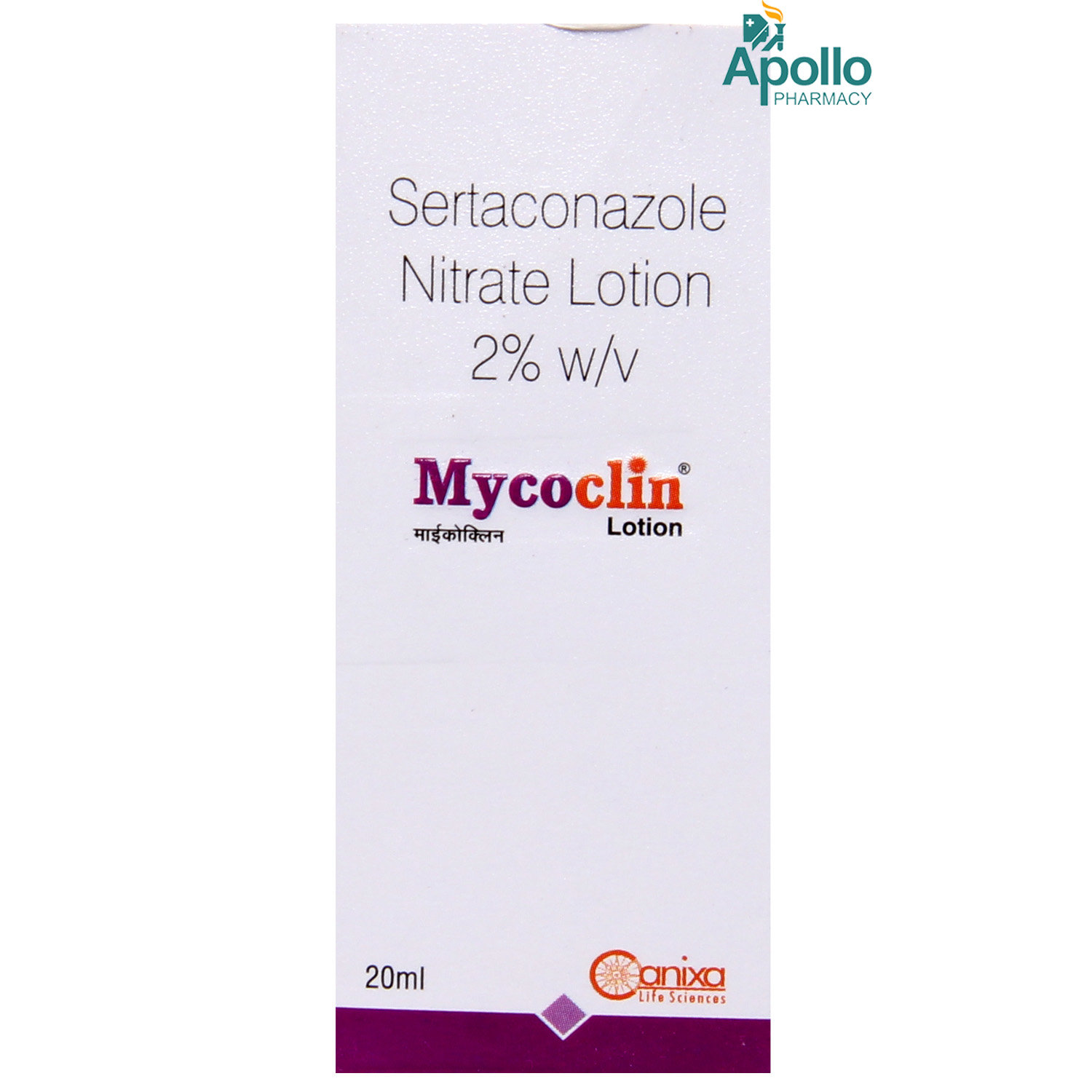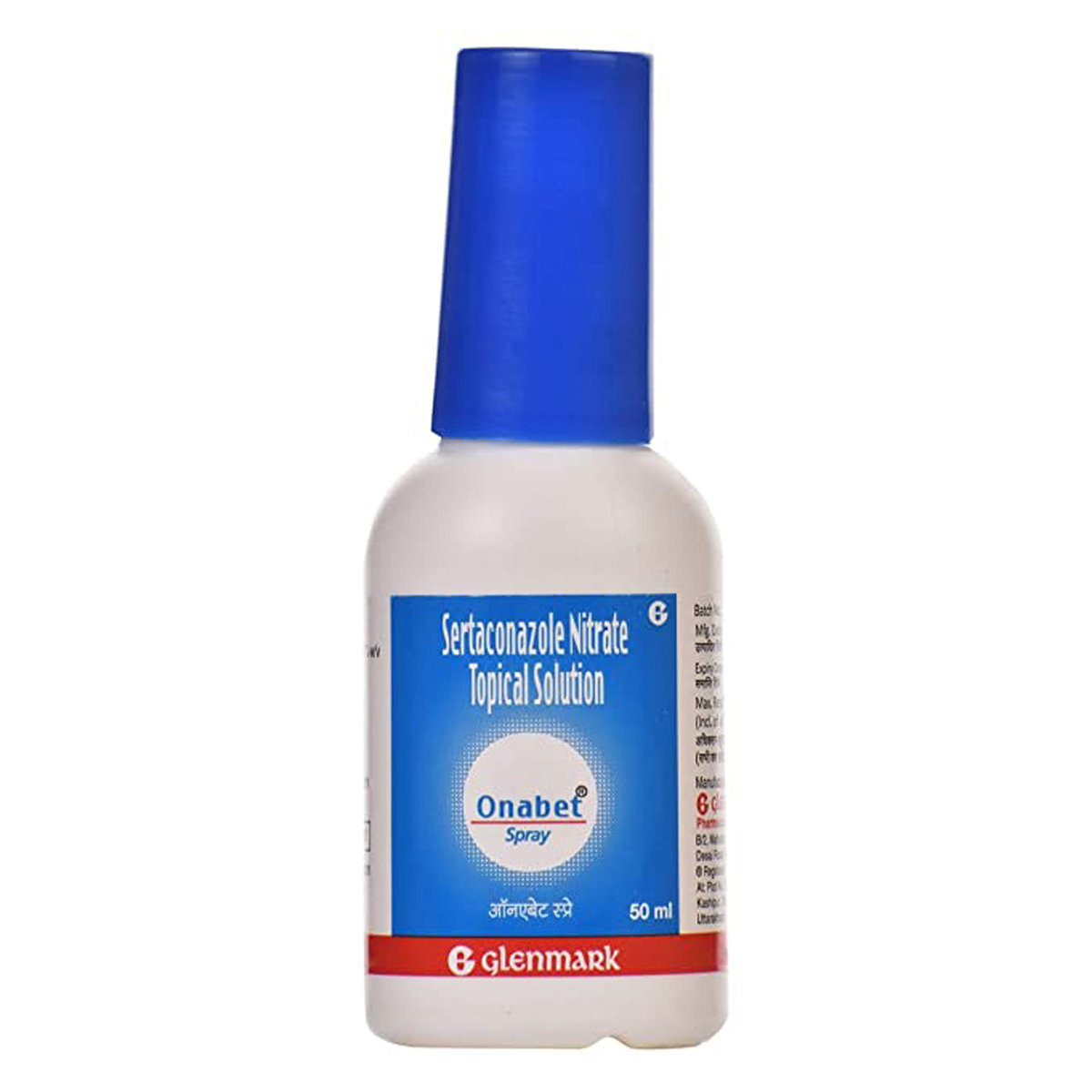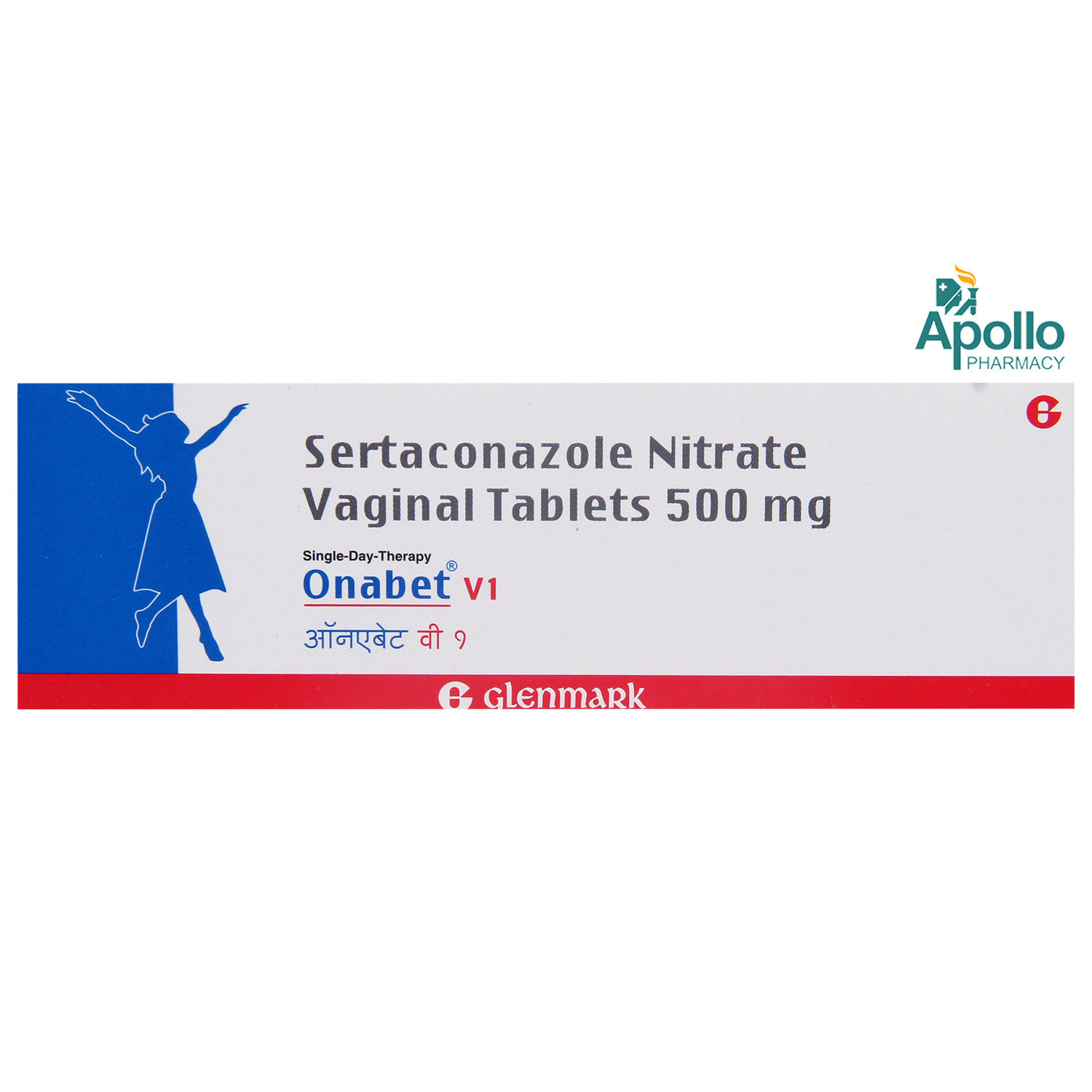Sertaconazole
About Sertaconazole
Sertaconazole belongs to the class of medications known as imidazoles (azole antifungal), primarily used for the topical treatment of interdigital tinea pedis (Athlete's foot) in immunocompetent patients 12 years of age and older, caused by: Trichophyton rubrum, Epidermophyton floccosum and Trichophyton mentagrophytes. Besides this, Sertaconazole is also used to treat other fungal skin infections. An athlete's foot is a fungal illness primarily affects the area between the toes. A fungal infection, commonly known as mycosis, is a skin condition caused by a fungus.
Sertaconazole contains imidazole antifungal sertaconazole nitrate. Sertaconazole works by destroying the fungus that causes the infection. Sertaconazole destroys the fungi by allowing the holes to open in the cell membrane and the components to leak out. This kills the fungus and prevents the infection.
Sertaconazole should only be used on the skin, and if it gets into your eyes, mouth, or nose, rinse with water. Sertaconazole may cause burning, itching, redness, stinging, and dryness on your skin where it is applied in some situations. The majority of Sertaconazole's adverse outcomes fade over time without the need for medical intervention. If any adverse effects worsen or continue, contact your doctor right away.
Tell your doctor if you are (or your child) allergic to sertaconazole or any other medicines. It is unknown whether Sertaconazole harms the baby or passes into breast milk in pregnancy and breastfeeding state. Contacting a doctor before using a Sertaconazole during pregnancy and while breastfeeding is recommended. Keep your doctor informed about your health condition and all the medicines you take before taking the Sertaconazole to rule out any side effects.
Uses of Sertaconazole
Medicinal Benefits
Sertaconazole is widely used to treat various skin fungal infections, especially Interdigital tinea pedis or Athlete's foot, due to specific fungi (e.g. Trichophyton rubrum, Epidermophyton floccosum and Trichophyton mentagrophytes) by destroying its cell membrane.
Directions for Use
Storage
Side Effects of Sertaconazole
- Contact dermatitis (Skin rash)
- Dry skin
- Burning skin
- Application site skin tenderness
Drug Warnings
Do not use the Sertaconazole in your eyes, mouth, or vagina. If Sertaconazole accidentally comes in contact with these areas, rinse with water thoroughly. Tell your doctor if you are (or your child) allergic to sertaconazole or any other medicines. It is unknown whether Sertaconazole harms the baby or passes into breast milk in pregnancy and breastfeeding state. Contacting a doctor before using a Sertaconazole during pregnancy and while breastfeeding is recommended. Keep your doctor informed about your health condition and all the medicines you take before taking the Sertaconazole to rule out any side effects. If irritation or sensitivity develops with the use of Sertaconazole, treatment should be discontinued, and appropriate therapy instituted as recommended by the physician.
Drug Interactions
Drug-Drug Interaction: No drug interactions have been identified with Sertaconazole..
Drug-Food Interaction: No food interactions have been identified with Sertaconazole.
Drug-Disease Interaction: No interactions have been identified with Sertaconazole.
Drug-Drug Interactions Checker List:
Safety Advice

Alcohol
cautionNo reported interaction with Sertaconazole. But, It is best to avoid alcohol while medication.

Pregnancy
cautionSertaconazole is classified as FDA pregnancy category C. There are no adequate or well-controlled studies on pregnant women. Please consult your doctor for advice before using Sertaconazole.

Breast Feeding
cautionConsult your doctor, and there is no substantial research yet on the use of Sertaconazole in breastfeeding/nursing mothers.

Driving
safe if prescribedSertaconazole has no or negligible influence on the ability to drive or use machines.

Liver
safe if prescribedSertaconazole does not have any reported interaction hence, in case you experience any difficulty discuss with your doctor.

Kidney
safe if prescribedSertaconazole does not have any reported interaction hence, in case you experience any difficulty discuss with your doctor.

Children
unsafeThe safety and efficacy of Sertaconazole in children has not been established. Sertaconazole is not recommended in children.
Habit Forming
Diet & Lifestyle Advise
- Regularly change your socks and wash your feet. Avoid shoes that make your feet sweaty and hot.
- Don't walk barefoot in wet places such as changing rooms and gym showers to prevent fungal infections.
- Do not scratch the affected skin area as it can spread the infection to other body parts.
- Avoid sharing towels, combs, bedsheets, shoes or socks with others.
- Wash your bed sheets and towels regularly.
Special Advise
- Avoid contact of Sertaconazole with nose, mouth or eyes. If Sertaconazole accidentally comes in contact with these areas, rinse with water thoroughly.
Patients Concern
Disease/Condition Glossary
Fungal skin infections: A fungal infection of the skin occurs when the fungus invades the skin tissue. Fungal infections can be contagious and spread from one person to another. Symptoms include skin irritation, scaly skin, redness, itching, scaly or flaky patches, and swelling. The most common type of fungal infections are ringworm, athlete's foot, jock itch, athlete's foot, and yeast infections.
Athlete's foot: A fungal illness primarily affects the area between the toes. Athletes' foot is typically seen in those whose feet have become extremely sweaty while confined within tight-fitting shoes. A scaly rash with itching, stinging, and burning are common symptoms.
FAQs
Sertaconazole is used to treat tinea pedis (athlete's foot; fungal infection of the skin on the feet and between the toes). Sertaconazole is in a class of medications called imidazoles or azole antifungal. Sertaconazole works by killing the fungus that is causing the ailment. Sertaconazole kills the fungi by allowing holes in the cell membrane to open and components to flow out. This destroys the fungus and keeps the infection at bay.
Yes, fungal infection is a contagious skin condition which spreads from one person to another through direct skin to skin contact or by contact with contaminated soil or surfaces and infected animals. Therefore, it is recommended to avoid close direct contact until the infection is clear and avoid sharing things with the infected person as it can also spread the infection.
No, you are not recommended to stop taking Sertaconazole without consulting your doctor as it may cause recurring infection. Therefore, take Sertaconazole for as long as your doctor has prescribed it, and if you experience any difficulty while taking Sertaconazole, please consult your doctor.
No, Sertaconazole belongs to the class of azole antifungal used for preventing the growth of infections caused by specific fungi.
Avoid using other topical medications with Sertaconazole until the doctor prescribes them for you. If required to use other drugs, maintain at least 30 minutes between the two medicines' application.










